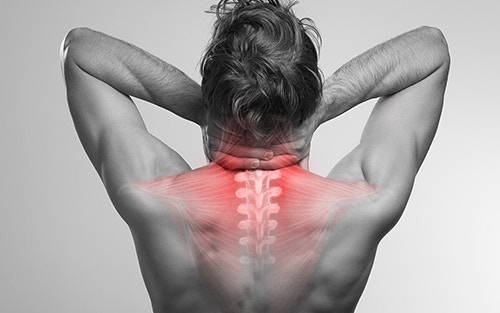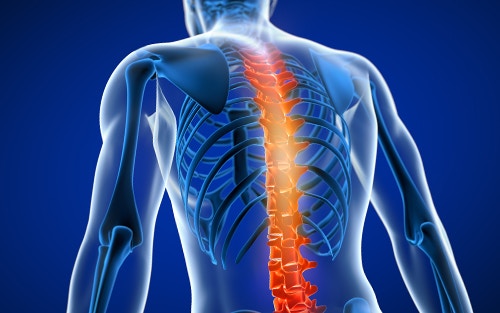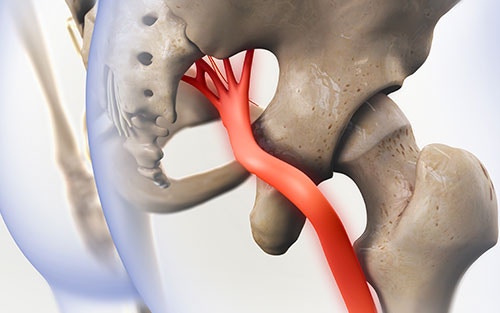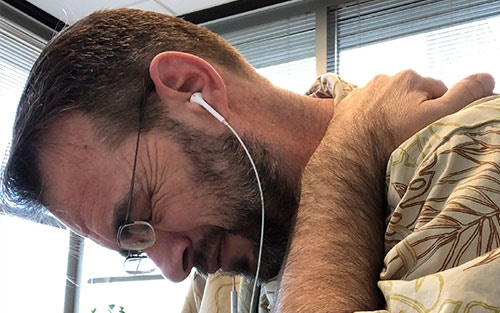Why Do My Muscles Ache
Stop suffering and living in pain due to aching muscles. Knowing why your muscles ache will help you seek help before the muscle pain becomes crippling. yourfootpalace.com gathered information on common reasons your muscles ache and how to make the pain and discomfort go away. What is Muscle Pain Muscle pain, or myalgia, is a sign, or result … Read More





